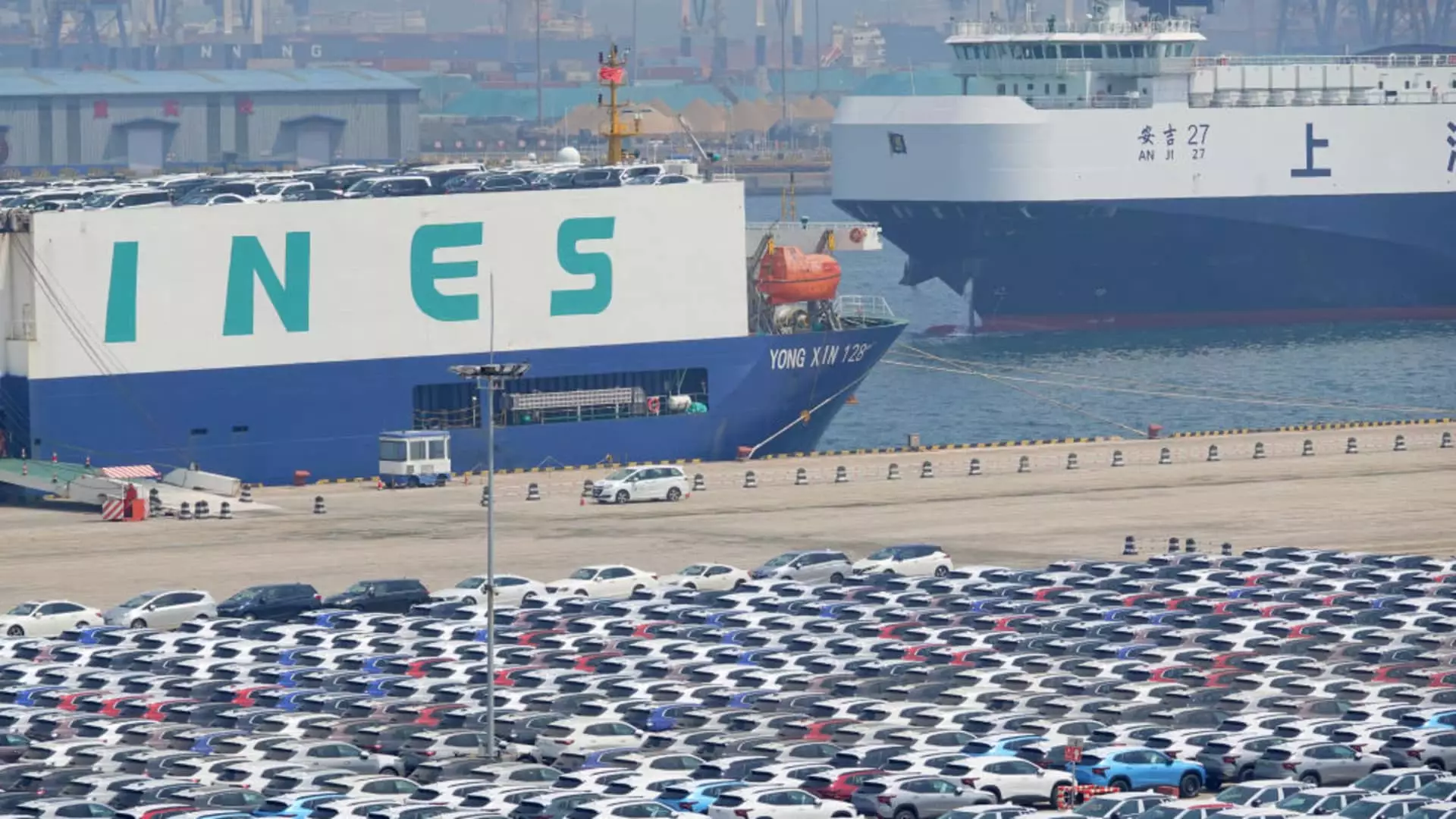China’s National Bureau of Statistics recently released data showing that the country’s second-quarter GDP rose by 4.7% year on year, falling short of expectations of a 5.1% growth as per a Reuters poll. This figure indicates a slower economic recovery than anticipated, raising concerns about the pace of China’s post-pandemic rebound.
In addition to the disappointing GDP numbers, June retail sales also missed estimates, only rising by 2% compared to the forecasted 3.3% growth. However, industrial production exceeded expectations, showing a 5.3% increase in June from a year ago, higher than the 5% growth predicted by Reuters. This disparity between retail sales and industrial production highlights a potential imbalance in China’s economic recovery.
Urban fixed asset investment for the first half of the year increased by 3.9%, meeting expectations. However, investment in infrastructure and manufacturing exhibited a slowdown in growth from May to June. Real estate investment also declined at a rate of 10.1%, reflecting challenges in this sector. These investment trends suggest a cautious approach by businesses in the current economic climate.
The urban unemployment rate in June remained unchanged at 5%, indicating stability in the labor market. As high-level policy meetings such as the Third Plenum are underway, there is a call for more efforts to invigorate the market and stimulate internal growth. The focus is on consolidating economic recovery to ensure sustained development.
While China’s exports saw a better-than-expected increase of 8.6% from a year ago, imports fell by 2.3% in June, missing projections for growth. This uneven trade performance highlights challenges in domestic demand. Moreover, consumer prices rose by 0.2% in June, below expectations, indicating subdued inflationary pressures. Core CPI also saw a slower increase in June compared to the first half of the year.
Recent credit data revealed a significant slowdown in the growth of broad money supply and new yuan loans in the first half of the year. This decline in credit growth, both for households and businesses, raises concerns about financing conditions. The People’s Bank of China’s emphasis on enhancing monetary policy transmission underscores the importance of addressing credit challenges for economic stability.
China’s economic indicators present a mixed picture of growth and challenges. While industrial production has outperformed expectations, retail sales, investment trends, and credit data point to underlying weaknesses in the economy. As policymakers focus on stimulating growth and addressing credit issues, the path to a sustainable recovery remains uncertain. It is essential for China to navigate these challenges effectively to ensure long-term economic stability and prosperity.

